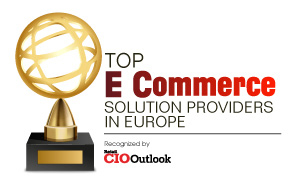Consumer e-commerce today is mostly driven by price and convenience: a good deal on products that are delivered quickly. A smaller but growing number of consumers are starting to want more from e-commerce, for example, enjoying the ability to discover unique goods they will not find in big-box retail chains. Today, e-commerce has become an important channel through which businesses can exchange goods and services, coordinate production and market to customers. By harnessing the power of the internet, electronic commerce has changed how organisations conduct business. The ever-increasing sophistication of websites, intranets and extranets has led to advanced web applications being used to address the needs of customers. Although the downturn in e-commerce activities at the end of the 20th century led to many new businesses failing, it has subsequently been followed by a second wave of e-commerce that is more international in nature, more dynamic in terms of business and revenue models, and more effective in terms of utilising internet services to address customer needs.
Finally, several emerging technologies will impact e-commerce, especially those associated with increased digitisation and the so-called Fourth Industrial Revolution. A robust digital ecosystem supporting e-commerce is rapidly developing in several dominating economies. As a result, organisations around the world are using e-commerce to satisfy their communication and business needs. We hope this edition of Retail CIO Outlook offers a clear sense of what needs and can be done to further unlock the tremendous economic and developmental potential of the e-commerce industry. It could very well become an essential tool for building sustainable and inclusive growth across Europe. We present you “Top 10 E Commerce Solution Providers in Europe – 2020.”



















